India’s Bilateral Relations
India used foreign policy as an instrument to defend and strengthen India’s independence and to develop the self-reliance, self-confidence and pride of the masses while serving the cause of world peace and anti-colonialism.
- India proceeded with its foreign relations with an aim to respect the sovereignty of all other nations & to achieve security through the maintenance of peace.
- This aim finds an echo in the Directive principles of state Policy, in the Article 51 of constitution: “Promotion of international peace and security”
The three major objectives of Nehru’s foreign policy were:
- To preserve hard earned sovereignty.
- Protect territorial integrity.
- Promote rapid economic development.
- Major function of Indian foreign policy was to promote and protect Indian economic interests.
- Nehru played a crucial role in setting the national agenda
- He was his own foreign minister hence, both as the Prime Minister and the foreign minister; he exercised profound influence in the formulation and implementation of India’s foreign policy from 1947 to 1964.
Nehru outlined five principles which were called “Panchsheel” of India’s Foreign Policy
- mutual respect for each other’s territorial integrity and sovereignty,
- nonaggression,
- non-interference in each other’s internal affairs,
- equality and mutual benefit, and
- Peaceful co-existence.
Reason for Non-alignment Policy
- After the end of WW II, the world was divided into two hostile blocs, one led by USA & western powers; another was by the Soviet Union.
- Nehru thought that the poor countries of Asia and Africa would gain nothing and lose everything if they join such military blocs which will serve their own self interests.
- The leaders of NAM were firm in their view to expand the “area of peace” instead of hostility.
- Hence India & countries like Egypt; Indonesia did not approve joining of Baghdad Pact, Manila Treaty, SEATO & CENTO, which were the major military blocs.
- Non-Alignment came to symbolize the struggle of India and other newly independent nations to retain and strengthen their independence from colonialism and imperialism.
- To pursue the dream of a peaceful world, India advocated non alignment policy by reducing the cold war tensions & contributing human resources to the UN peace keeping operations.
Due to acceptance of non-alignment policy, many nations of the world got their voice heard in UN. One country, one vote system enabled the non-aligned bloc to check domination by the Western bloc. Thus, Non-alignment advanced the process of democratization of international relations.
Relations with Pakistan
Hindu ruler Hari Singh tried to negotiate with India & Pak to have an independent status for his state. Since majority population of the state was Muslim, the Pakistan thought Kashmir ‘belonged‘ to them.
On 15th August Hari Singh offered standstill agreement with both countries which allowed the free movement of people & goods. Pakistan signed the agreement, but India didn’t. Pakistan became impatient & started violating standstill agreement. 24th October Hari Singh demanded military assistance from India. Mountbatten pointed out that under international law India can send its troops only after state signs a formal instrument of accession – on 26th Oct Maharaja signed instrument of accession – ratified in 1954.
27th Oct. morning nearly 100 planes airlifted men and weapons to Srinagar. Pakistan army left the main valley region but continue to occupy a large chunk of territory of Gilgit, Baltistan region – Pak occupied Kashmir.
At the same time India lodged the complaint against Pakistan for their illegal actions in UN. Instead of getting justice at UN, Western powers backed Pakistan. India also accepted the UN resolution on ceasefire in spite of its advantageous position and agreed for plebiscite in Kashmir, which laid down two conditions for holding plebiscite –
- Pak should withdraw its forces from the state of J&K
- The authority of the Srinagar administration should be restored over the whole state
- Above mentioned first conditions was never fulfilled, so there was no plebiscite there.
- Meanwhile J&K participated in India’s general elections and then the talk of plebiscite remained irrelevant.
Kashmir conflict didn’t prevent cooperation between governments of India & Pak. Both the governments worked together to restore the abducted women to their original families, a long-term dispute of river water sharing was resolved – with world Bank’s mediation and India-Pakistan Indus Water Treaty was signed by Nehru and General Ayub Khan in 1960.
1965 India Pakistan War
- Pakistan launched armed attacks in the Rann of Kutch area of Gujarat, later it launched bigger offensive in J & K in 1965.
- Pakistan thought that this time the local population would support the cause of Pakistan, but nothing of this sort happened.
- Meanwhile, in order to ease the pressure from Kashmir front, Shastri ordered Indian troops to launch counter offensive on the Punjab border.
- War was won by India, and the hostilities came to an end with UN intervention.
Due to the mediation of Soviet Union, Both the countries signed the Tashkent Agreement [Shastri from India & General Ayub Khan from Pak] in January 1966. Although India won the war, this war added India the economic difficulties.
1971 India Pakistan War
The internal crisis of Pakistan after the verdict of their general elections turned violent. Ruling party of Zulfikar Bhutto emerged as winner in West Pakistan while in Eastern Part Rahman’s Awani League won with great margins.
However, strong and powerful western establishment ignored the democratic verdict and didn’t accept the League’s demand for federation. Instead of responding to their demands and verdict positively, Pak army arrested Rahman and unleashed brutal terror activities and suppressed their voices.
- To end this menace permanently, people of Eastern Pak started liberation struggle of Bangladesh from Pak.
- Due to the huge influence of refugees from Eastern Pak, India deliberated much and later extended its support to people’s cause materially and morally, which was frowned by Western Pak as Indian conspiracy to break of Pakistan.
- The support to Western Pak came from the USA & China to quash the people’s movement.
- To ensure its safety from the attacks of American and Chinese backed Pak, India signed 20 year Treaty of Peace and Friendship with the Soviet Union.
- Even after much diplomatic deliberations no concrete results could be achieved, and full scale war broke out in 1971 on both the western and Eastern front.
- With the support of local population in the form of “Mukti Bahini” Indian army made rapid progress and compelled the Pakistani troops to surrender in 10 days only.
With emergence of Bangladesh as an independent country, India declared a unilateral ceasefire. Later Shimla Agreement of 1972 between Indira Gandhi & Zulfikar Bhutto brought back the peace between two nations.
Kargil War
After the debacle of 1971 war, Pak army never tried to fight with Indian army directly & started the proxy war by sending the terrorists trained by their secret agencies to create havoc and panic in J & K and India.
- In 1999, so called Mujahideens occupied several points on the Indian side of LOC in the Mashkoh, Dras, Kaksar, Batalik.
- Suspecting Pak’s hand behind such activities, Indian forces immediately started retaliating to such proxy war which is known as “Kargil conflict”.
- This conflict got worldwide attention because of the nuclear capabilities attained by these countries in 1998, which could be used by either side, however nuclear weapons were not used in war, and Indian troops regained their points.
There was huge controversy surrounding this Kargil conflict, that, the then PM of Pak was kept in the dark of such move. Later, the then Pak army Chief General Parvez Musharraf took over as its President.
Relations with China
India adopted a policy of friendship towards China since the beginning. India was the first to recognize the new People’s Republic of China on January 01, 1950. Nehru also supported the representation of China in UNSC.
When Nehru and Chinese Premier Zhou Enlai signed “Panchsheel “Treaty, at the same time India recognized China’s right over disputed territory of Tibet and approved the Chinese control over it.
1962 India China War
- In October 1962, the Chinese army launched a massive attack and overran India posts in the eastern sector in NEFA [now Arunachal].
- India army commander in NEFA fled without resistance and left behind open door for Chinese personnel to attack India.
- In western sector, Chinese captured 13 posts in Galwan Valley, & Chushul airstrip (Ladakh) were threatened.
- India was apprehensive of such move by China and sought American and British help later
- However Chinese themselves declared a unilateral withdrawal but soured the relationship between the two nations.
Impact of 1962 War
- The resources for the economic development and third five year plan were diverted for defence and India faced very difficult situation.
- In August 1963, Nehru faced His first and the last confidence motion of his life.
- It induced a sense of national humiliation and dented India’s image at home and abroad.
- Nehru was severely criticized for his naive assessment of the Chinese intentions & lack of military preparedness.
- Relations between the nations remained cold till 1976. Normal relations resumed in 1976, and later the then Foreign minister AB Vajpayee was the first top level leader who visited China in 1979.
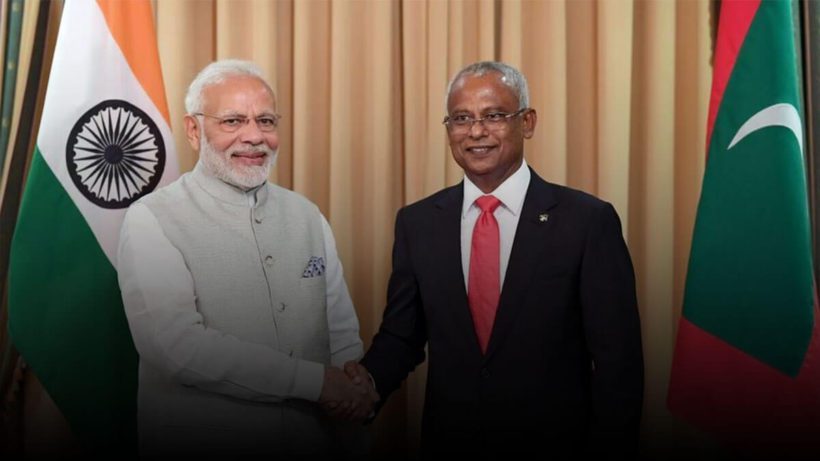
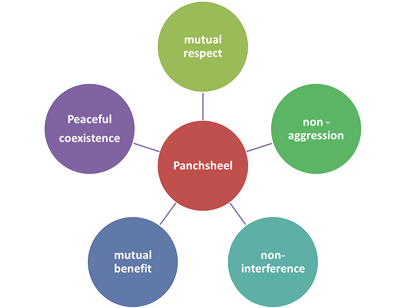



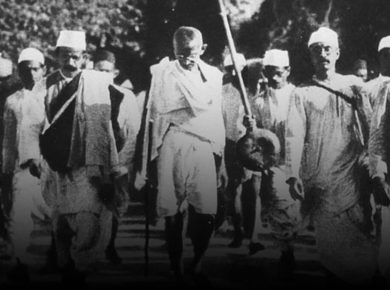
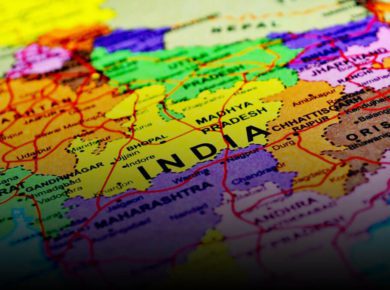
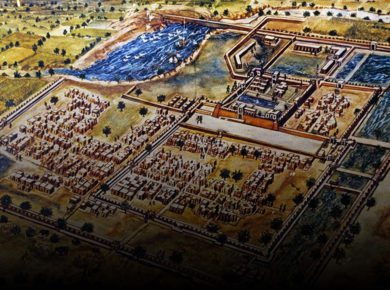
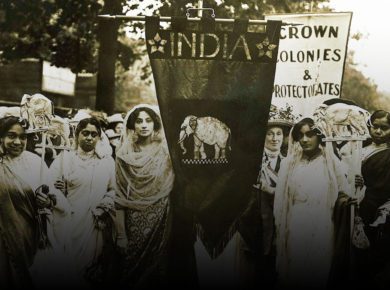
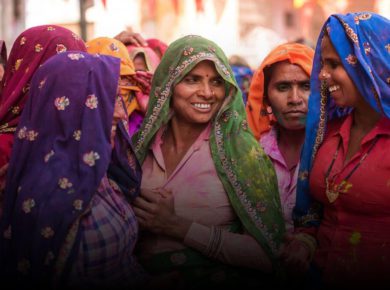




1 comment
Nice article, useful information shared thanks.